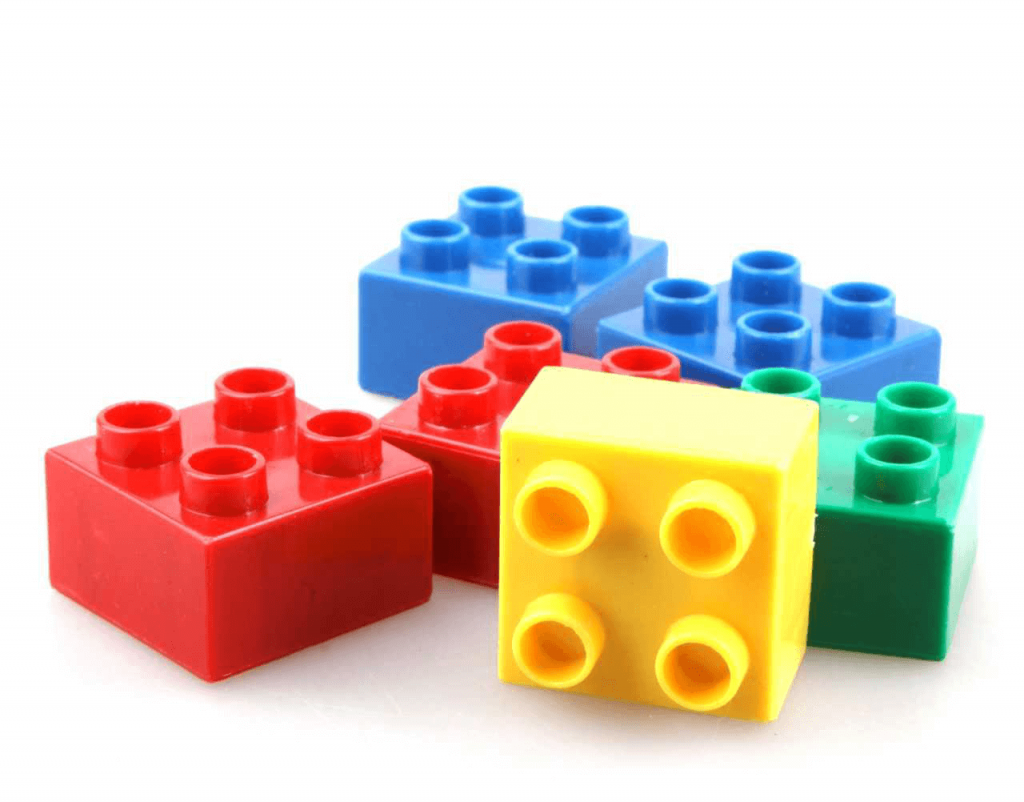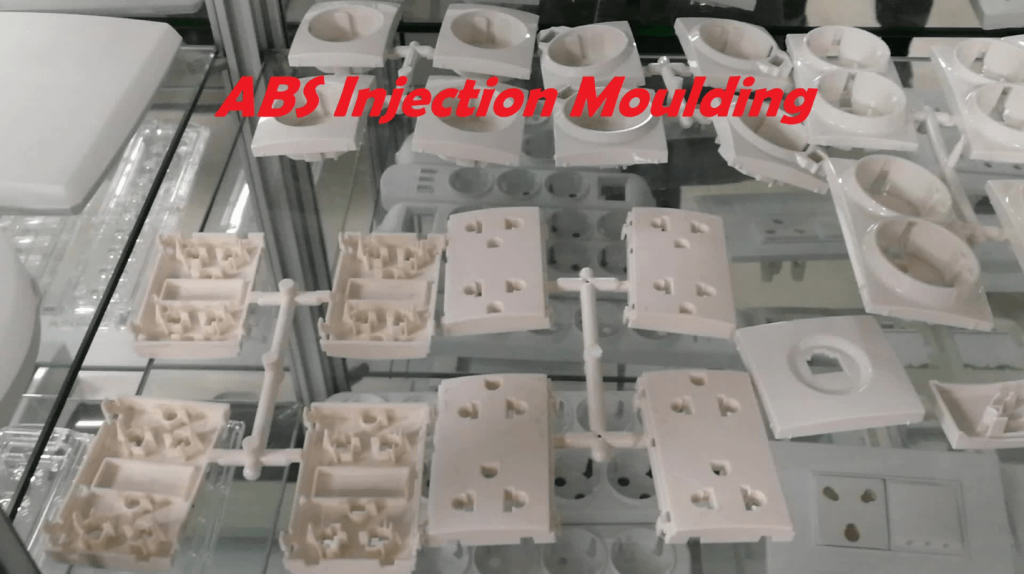مصنعي قوالب بلاستيك ABS: ما الذي يمكن تشكيله باستخدام بلاستيك ABS
ما الذي يمكن أن يصنع قوالب بلاستيك ABS من بلاستيك ABS؟
أكريلونيتريل بوتادين ستايرين (ABS) هو من بين أكثر أنواع البوليمرات الحرارية شيوعًا التي يستخدمها مصنعو قوالب البلاستيك ABS في جميع أنحاء العالم للعديد من التطبيقات التجارية والمنزلية والصناعية.
يوفر بلاستيك ABS عددًا من الفوائد ، مما يجعله الخيار الأول لغرض التشكيل. ما هو أكثر من ذلك هو أن البلاستيك يأتي مع المتانة والجودة الفائقة. سماتها تزيد من تعزيز جاذبيتها. باستخدام ABS ، من الممكن إنشاء أي نوع من التصميم والشكل تقريبًا.
في منشور المدونة هذا ، سنتحدث عن التطبيقات المختلفة لبلاستيك ABS. سوف نلقي الضوء على ما يمكن للمصنعين أن يصنعوه باستخدام أحد أفضل أنواع البلاستيك. لذلك ، دون أي تأخير إضافي ، يتيح لنا البدء!

مصنعي صب البلاستيك ABS: صب ABS
التاريخ
إذا كنت تعتقد أن ABS هو شكل جديد من أشكال البلاستيك ، فأنت بحاجة إلى إعادة النظر في تاريخ الصناعات البلاستيكية. يمكنك تتبع تاريخ ABS حتى الأربعينيات. في ذلك الوقت ، كان من الشائع بين الشركات المصنعة استخدام البوليمرات الستايرين - الأكريلونيتريل.
The material might increase the hardness over styrene, yet it was highly suitable for a number of applications. Even now, this material has several mechanical and physical limitations. These limitations would have rendered the material useless until it led to the creation of butadiene, monomer, and ABS.
ABS came into existence in 1950, and since then it has become a huge success. Molding manufacturers around the world use for a wide range of components and parts. It is the most sought engineering polymers.
There are three main individual components of ABS plastic. The combination of these unique characteristics contributes to the overall effectiveness and efficiency of the product. They enhance the quality of ABS to a great extent.
The three components: Acrylonitrile, Butadiene, and Styrene makes the ABS plastic the best.
أكريلونيتريل
هذا المكون مسؤول عن توفير المقاومة الحرارية والكيميائية.
بوتادين
تأتي قوة بلاستيك ABS لتشكيل هذا المكون المحدد. يجعلها متينة ومتينة.
ستيرين
يضيف إلى الحس الجمالي للمنتج النهائي. يرجع اللون اللامع للمنتج النهائي إلى وجود الستايرين.
خصائص بلاستيك ABS
تعد خاصية اللدائن الحرارية لـ ABS من بين أكثر خصائصها تحديدًا. اللدائن الحرارية Abs عبارة عن بوليمرات. تميل هذه البوليمرات إلى الذوبان بعد درجة حرارة معينة. تصبح مرنة وناعمة. بمجرد منحهم الوقت ليبردوا ، سوف يتماسكون مرة أخرى.
وبالتالي ، من الممكن إعادة صهر وإعادة تشكيل اللدائن الحرارية عدة مرات كما تريد ، مع القليل من التحلل أو عدم تدهور خصائصه الميكانيكية. هذا شيء يبحث عنه المصنعون اليوم. بعد كل شيء ، تحتاج كل صناعة إلى التحول إلى اللون الأخضر بكل طريقة ممكنة.
لن تحصل على نفس النتيجة باستخدام البلاستيك بالحرارة. في هذه الحالة ، عند تسخين البلاستيك يحترق. نظرًا لقدرتها على إعادة التشكيل ، فهي تحظى بشعبية بين الشركات المصنعة لقوالب الحقن.
الخصائص الفيزيائية والميكانيكية
تأتي ABS مع عدد من الخصائص الميكانيكية والفيزيائية المرغوبة. تتفوق معظم هذه الخصائص على العديد من مواد البوليمر الشائعة الأخرى. تشمل بعض هذه الخصائص الصلابة والصلابة والمقاومة الكيميائية ومقاومة الحرارة ومقاومة الصدمات وقوة الشد ومقاومة التآكل.
It is also possible to improve specific properties of ABS via adjusting its chemical composition. Thus, allowing you to gain access to different grades of material that are suitable for different applications.
Some other exceptional properties of this amazing material include
- Receptive to adhesives
- Receptive to paints
- Lustrous aesthetic qualities
- Excellent machinability
- الاستعلاء
- Compressive strength
- Electrical insulation
- Dimensional stability
Injection Parameter for ABS Product
Plasticizing Temperature
ABS resin temperature range from 180 to 280°C. The exact temperature is defined by the type of raw materials that the manufacturer uses in the product. For certain application, adjustment is imperative. For instance, in the case of heated resin, the manufacturer would have to use a higher temperature.
However, for a general-purpose resin, the temperature needs to be lower. It is important to control and retain different temperatures throughout the injection moulding process of ABS. For example, the temperature should be between 180 to 230°C for barrel application. It should range between 190 to 220°C for the nozzle. However, in case of a high flow resin, the nozzle temperature would be between 170 to 180°C.
ABS Plastic Molding Manufacturers – Moulding Machine Injection Pressure
In most cases, manufacturers use injection pressure between 60 to 150 MPa for ABS resin melt. In the case of the injection-molded product requires a thick wall and it has a large gate size, then the injection pressure can vary from 70-100 MPa.
Likewise, when there is a longer melt flow, the injection-molded product is small and the manufacturer is using heat-resistant resin, then the injection moulding machine requires a pressure of 120 to 150 MPa.
You also need to take care of the hold pressure of the injection moulding machine. In most cases, the holding pressure of the machine is between 60 to 70 MPa. This pressure is for products that have small internal stress. In most cases, melt injection speed is usually low or medium paces.
NOTE: The Resin type has a great impact on all aspects of the injection moulding speed.
Mold Temperature
Controlling the temperature of the ABS mold is also imperative to ensure accurate and high-quality parts or components. In most cases, the coal body forming a mold of ABS is controlled within a temperature range of 40 to 80°C.
NOTE: When you use high mold temperature, it would lead to smaller internal stress of the product, better melt filling quality, and good product appearance.
Although, high-temperature molds are effective, but there needs to be an upper bound. If the ABS plastic molding manufacturers increase the mold temperature beyond the upper limit it would result in shrinkage of the product.
In addition, this product would easily be deformed once you demold it. Furthermore, the manufacturing cycle time of the product increases, thus resulting in additional energy and money. Therefore, it is imperative to ensure that the die moulding temperature for an ABS product is within range.
In general, the manufacturer keeps the temperature between 40 to 60°C.
ABS Plastic Moulding Manufacturers – Applications/ Industries
نظرًا لإمكانية التشغيل الآلي للتكلفة المنخفضة نسبيًا والخصائص الاستثنائية ، فإن ABS هو المادة المثالية لعدد من التطبيقات. ينتشر استخدام ABS على نطاق واسع لدرجة أنك قد تتفاعل مع أحدها دون معرفة ذلك.
كل شيء من علب الهواتف المحمولة ، والراديو ، وصناديق الأدوات ، والأثاث ، والأدوات الكهربائية ، وأدوات المطبخ ، والأمتعة ، بالإضافة إلى استنساخ النماذج الأولية ، ممكن بسبب هذه المواد القوية. إن قابليتها لتقبل الدهانات وثبات الأبعاد والمواد اللاصقة تجعلها خيارًا ممتازًا.
لا يقتصر استخدام ABS على المنتجات المنزلية والمنزلية. على العكس من ذلك ، تستخدمه العديد من الصناعات كل يوم. أدناه ، قمنا بإدراج بعض هذه الصناعات.
الصناعات الغذائية
FDA approves of ABS for food contact application including food packaging and appliances. Therefore, making it the prime choice of people in the food industry as well as the packaging world.
Aerospace
ABS parts are found both on the exterior as well as the interior of the areophane. They are part of different types of aircraft. A common example of these components includes cockpit visors, signage, seating parts, cargo containers, and the luggage bins.
السيارات
The automotive industry is incorporating ABS into their cars to make them lightweight. At the same time, ABS is effective for improving fuel efficiency. Some of the common ABS automotive components include body parts, wheel covers, dashboards, and trimmings.

Pharmaceutical and Medical
نظرًا لأن الدرجات الطبية لـ ABS قد حسنت التوافق الحيوي ، لذلك فهي ممتازة لأجهزة إدارة الأدوية وكذلك للأغذية. ستجد أيضًا مادة ABS مادة مهمة لتصنيع المساكن وحالات العديد من الأجهزة الطبية.
ألعاب الأطفال
يعتبر ABS شائعًا جدًا في صناعة ألعاب الأطفال نظرًا لطبيعة متينة وغير سامة. على سبيل المثال ، يتم استخدامه لإنشاء شخصيات الحركة ، أو Legos ، أو الدراجة ذات العجلات الثلاث وغيرها.
بالإضافة إلى ذلك ، تعتبر بلاستيك ABS شائعًا للطباعة ثلاثية الأبعاد أيضًا.



